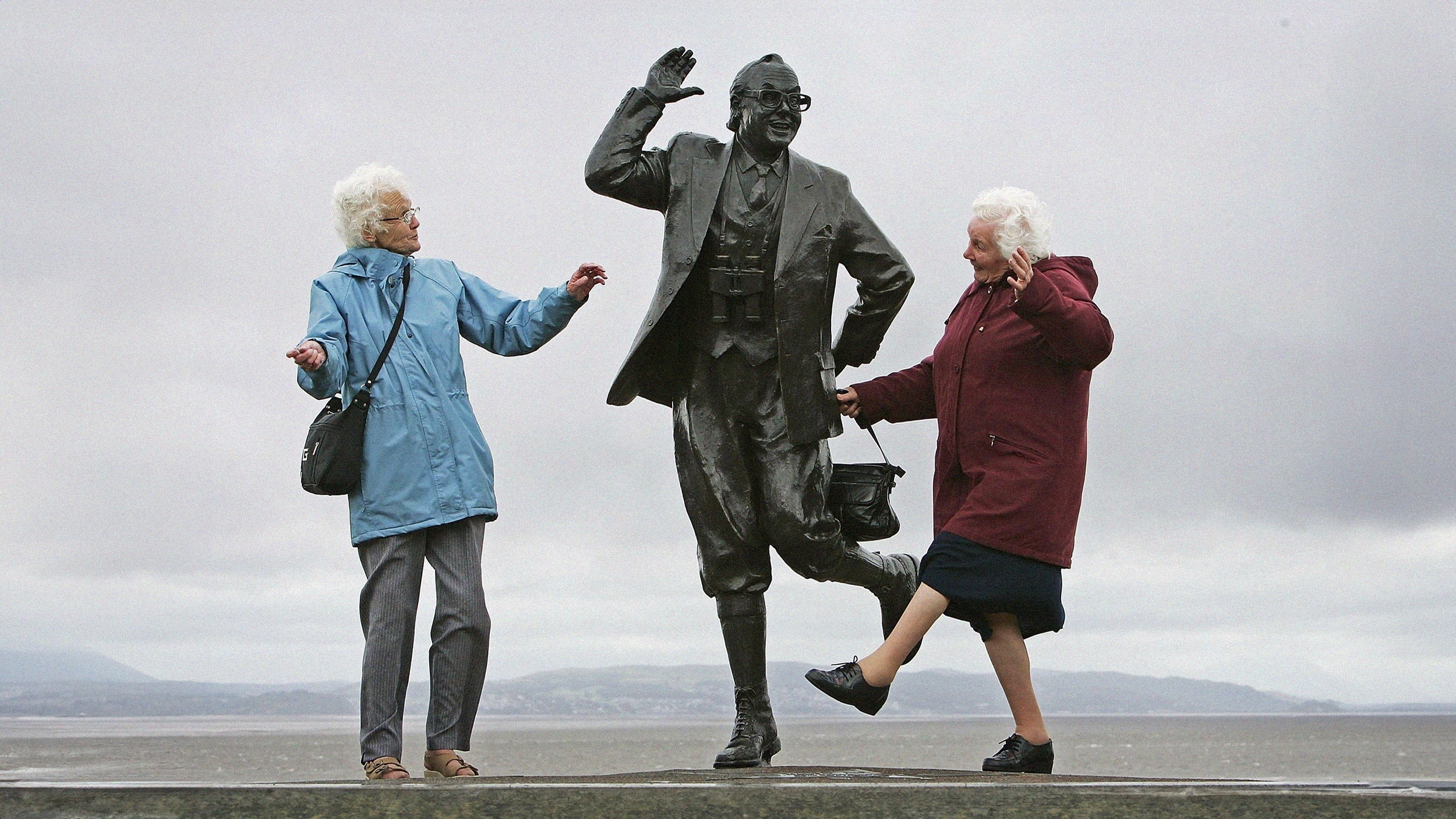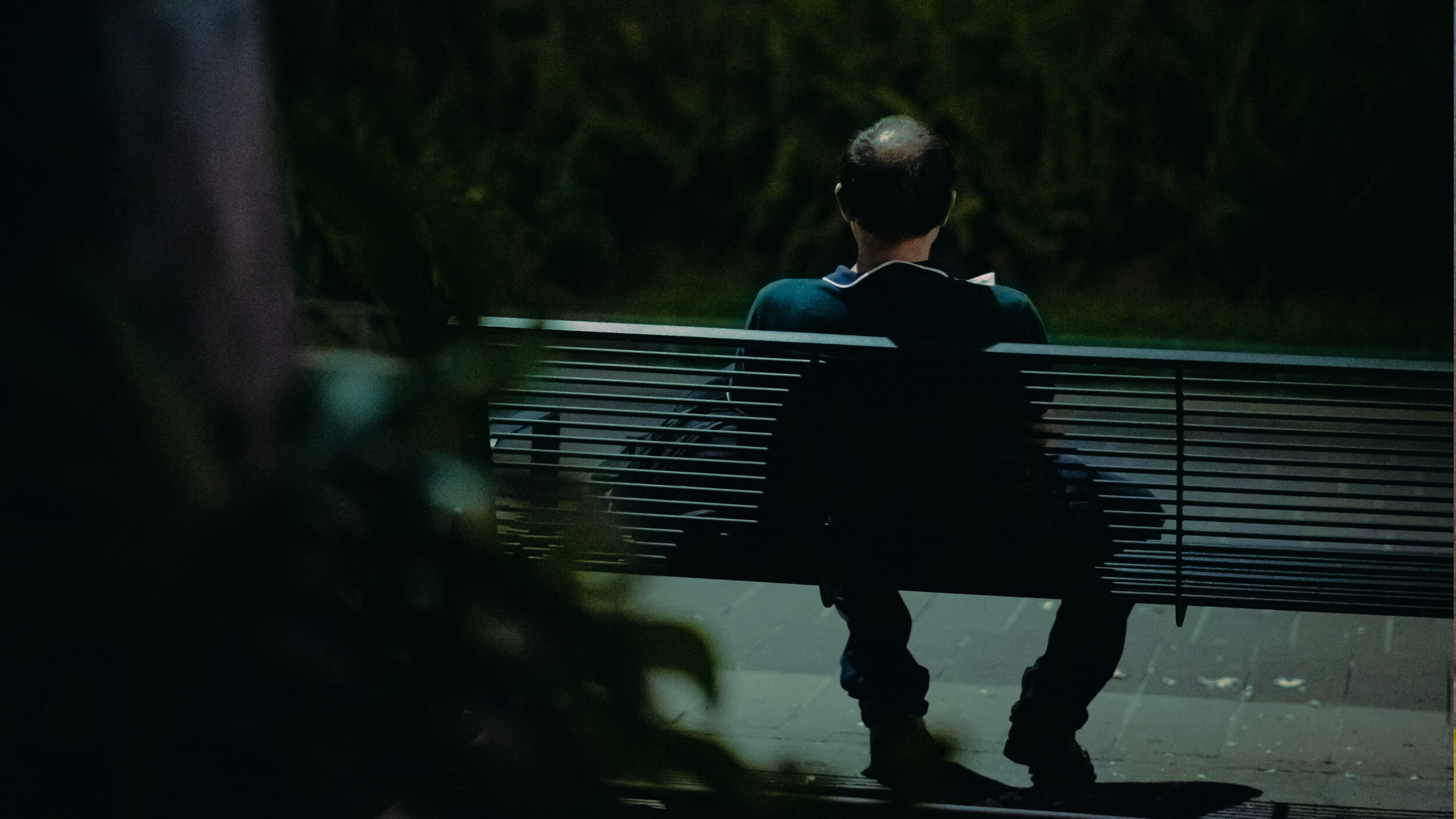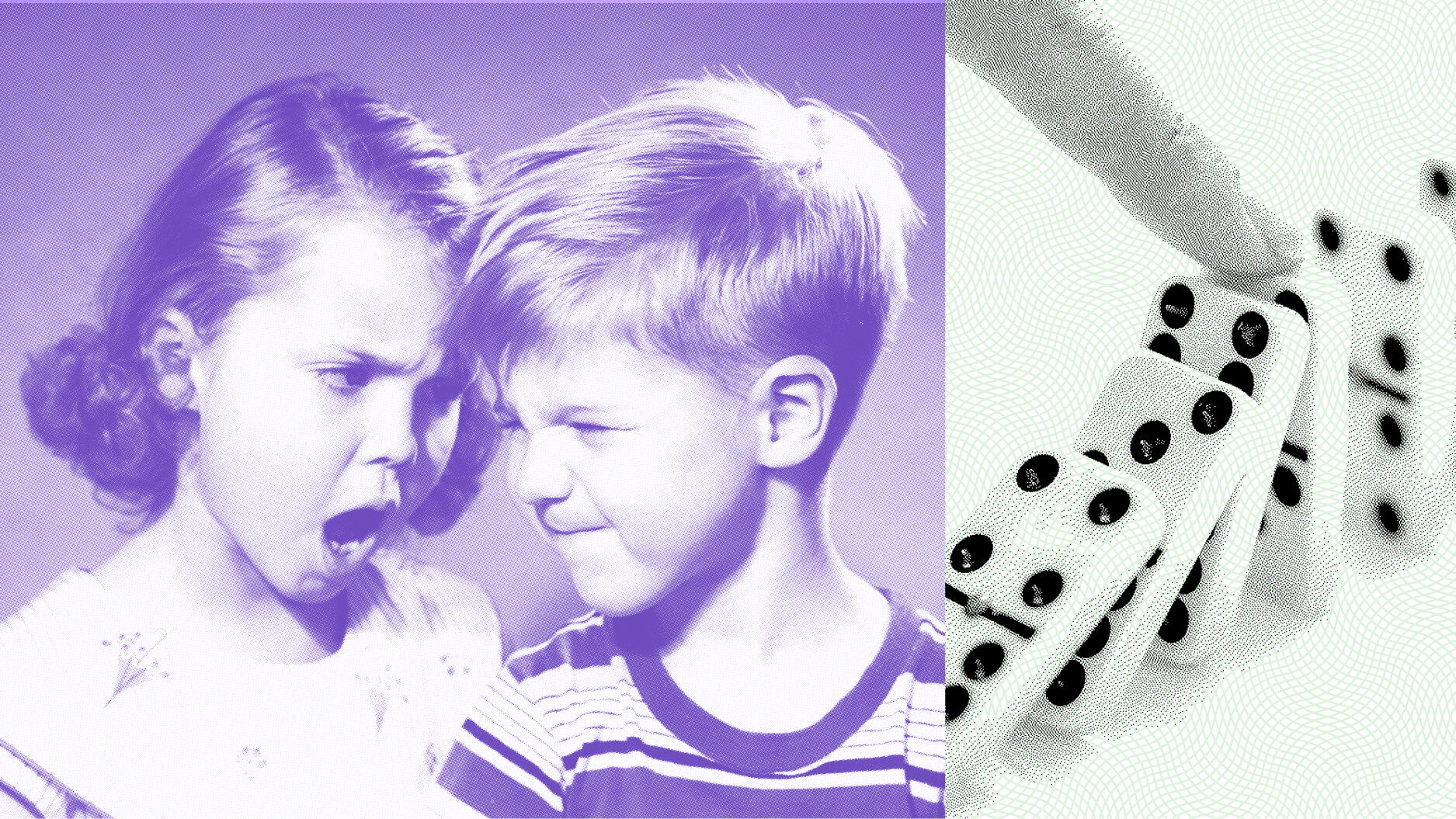Our bodies are chronically in “threat mode”—but being kind recalibrates our nervous system

Photo by Halfpoint on Shutterstock
- The default “rest mode” of our brains is often taken over by a “threat mode” setting because of our stressful, “on-the-go” lifestyles. When we are chronically in threat mode, this leaves us with less capacity for compassion.
- Showing compassion or acting kind to others can actually change your physiology, taking you out of threat mode and putting you back into your natural “rest and digest” mode.
- Research by a well-known Stanford professor Dr. James Doty has shown that acts of kindness or compassion that put us back into our “rest mode” can have lasting positive impacts on our physical and mental health.
Kindness is a virtue that is admired and applauded, in most cases. But did you know that being kind can also be good for your health? In fact, being compassionate to others can actually reset our consistently stressed systems back into our default “rest mode”, causing all kinds of positive effects to our overall health.

Living in “threat mode” isn’t healthy for our minds or our bodies.
Image by Pogorelova Olga on Shutterstock
Our nervous system was never meant to be in “threat mode” all the time
According to Dr. James Doty, Stanford professor and author of Into the Magic Shop: A Neurosurgeon’s Quest to Discover the Mysteries of the Brain and Secrets of the Heart, the nervous system doesn’t function optimally if it’s in threat mode all the time. And yet, our adrenaline-fueled, “on-the-go” lifestyles have us operating mainly in threat mode, which can be one of the reasons we contract a variety of different illnesses.
Our bodies release inflammatory proteins in response to stress. Because of this release, our nervous system shows a decrease in the capabilities of our immune system, which is what responds to threats such as germs or bacteria that cause illnesses.
The constant over-stimulation of our nervous systems caused by our fast-paced way of living also makes us much more inclined to jump to (often judgmental) conclusions about other people. This kind of quick judgment dulls our own ability to act out of compassion for others. That, in turn, leaves us operating in a constant threat mode, which has negative long-term effects on our health.
Kindness and compassion reset us into “rest mode”, starting in the nervous system
The ability to feel and act out of compassion for others can have a huge effect on your overall health.
Dr. Doty explains it best in this Uplift article:
“When someone acts with compassionate intentions, this has a huge, huge positive effect on their physiology. It takes them out of threat mode and puts them into the rest and digest mode. What happens when that occurs is it changes how they respond to events.”
According to Dr. Doty, instead of a quick response that is often based on fear, anxiety or stress, our response time is slower and more deliberate, which tends to result in more effective, more creative and more compassionate actions. We are able to change the responses we have to events because we are allowing the executive control area of our brain to function at the highest level.
Several studies at Emory University have demonstrated this and given results that support the idea that regular compassionate acts or compassion-based meditation practices can reduce negative neuroendocrine interactions in our brains (which are the interactions between our nervous system and the endocrine system).

The benefits from being kind can help us live healthier, happier lives.
Photo by ESB Professional on Shutterstock
The sympathetic nervous system vs the parasympathetic nervous system
When we switch to our parasympathetic nervous system (which we instinctively do when we act out of compassion), we flip out of the sympathetic nervous system that most of us live in due to our busy lifestyles.
When this switch happens, our heart rate variability increases, which causes a boost in our immune system. This immune system boost can help us fight off infections or illnesses.
Now, let’s talk about telomeres. To visualize them, you can imagine small caps that protect the ends of chromosomes during cell division. Telomeres get shorter each time a chromosome copies itself during cell division, which happens constantly. Eventually, telomeres get too short to do their job of protecting the genetic information stored in the chromosomes, which causes the cells to eventually stop replicating—a process known as cell death. This is how telomeres act as an aging clock in every cell we have; the faster your telomeres shorten, the more advanced the aging process becomes.
Research by Dr. Doty has shown that one of the long-term positive effects of living in our parasympathetic nervous system (referred to as our “resting” mode) is that our telomeres actually increase in length.
In theory, over time, being kind and compassionate can actually slow down the aging process in some of the cells of our body.
Just as showing compassion can recalibrate our nervous systems out of threat mode and back into resting mode, experiencing compassion or kindness from others also has a positive impact on our systems. Research by Stony Brook University professor Stephanie Brown has proven that experiencing compassion can lead to tremendous improvements in our mental and physical well-being, as well.
Be kind. It’s good for your health.
This ground-breaking research allow us to understand the benefits that kind human interactions can have on the health of our minds and bodies.
The positive ripple effect that comes from being kind doesn’t just impact our health, but it can also impact our interactions with others and set off a positive chain reaction with far-reaching benefits across entire communities. Resetting our own systems into resting mode by taking ourselves out of threat mode can allow us to process things more clearly and make better choices.
In a world where you can be pretty much anything, be kind. It’s good for your health.





